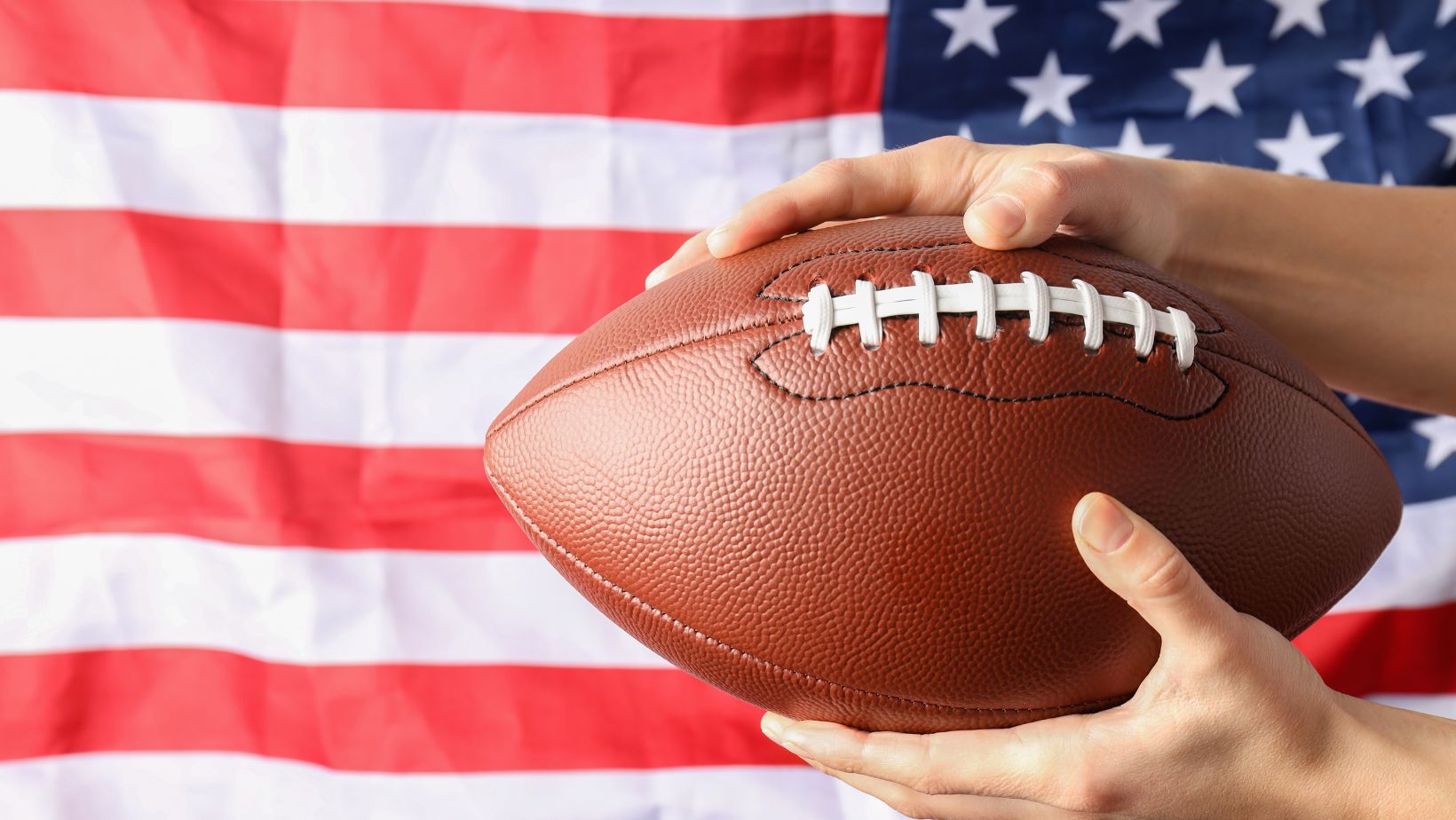
Super Bowl Sponsors
 Every year, the Super Bowl isn’t just a showdown between the best teams in the NFL; it’s also a battleground for some of the world’s biggest brands. Companies spend millions for a coveted spot in the commercial lineup, knowing that millions of eyes will be glued to the screen. These sponsors aren’t just looking for fleeting attention—they’re aiming to make a lasting impact.
Every year, the Super Bowl isn’t just a showdown between the best teams in the NFL; it’s also a battleground for some of the world’s biggest brands. Companies spend millions for a coveted spot in the commercial lineup, knowing that millions of eyes will be glued to the screen. These sponsors aren’t just looking for fleeting attention—they’re aiming to make a lasting impact.
From iconic ads that become pop culture phenomena to brand-new companies making their debut, Super Bowl sponsors have a unique opportunity to capture the hearts and wallets of consumers. The competition is fierce, the stakes are high, and the results can be game-changing. Curious about which brands are making waves this year? Let’s dive into the world of Super Bowl sponsorships and see who’s leading the charge.
Evolution Of Super Bowl Sponsors
Super Bowl sponsors have evolved significantly since the game’s inception in 1967. Initially, sponsor participation was relatively modest, with brands exploring the potential reach of this emerging event. In the early years, companies like McDonald’s, Chevrolet, and Budweiser began leveraging the Super Bowl’s growing viewership to promote their products.
As the event gained popularity, sponsorship dynamics shifted. During the 1980s, major corporations significantly increased their advertising budgets, driven by the potential for massive audience  engagement. For instance, Coca-Cola’s 1980 “Mean Joe Greene” commercial set a new benchmark for creative and emotional advertising.
engagement. For instance, Coca-Cola’s 1980 “Mean Joe Greene” commercial set a new benchmark for creative and emotional advertising.
The 1990s marked a transition towards highly produced, big-budget ads. Brands such as Pepsi and Nike presented commercials featuring celebrities and special effects. This period saw a diversification of advertisers, including tech companies like Apple. Apple’s “1984” commercial, signaling the launch of the Macintosh, remains one of the most iconic Super Bowl ads.
In the 2000s, the digital revolution influenced how brands engaged audiences. Many companies integrated online marketing campaigns with their Super Bowl ads. Advertisers began leveraging social media platforms to enhance campaign reach and engage viewers in real-time.
Recently, the evolution continues with technological advancements. Brands incorporate augmented reality (AR) and virtual reality (VR) in their commercials to create immersive experiences. Companies like Amazon and Google have showcased innovative tech applications during the Super Bowl.
The cost of Super Bowl ads has also surged. A 30-second spot, costing around $42,000 in 1967, reached $5.6 million by 2020, reflecting the event’s invaluable advertising potential. Consequently, only brands with significant marketing budgets, such as Anheuser-Busch, PepsiCo, and Mars Wrigley, consistently secure these premium spots.
This progression showcases the adaptability and importance of Super Bowl sponsorships in modern advertising, as brands continuously find new ways to captivate the massive audience.
Major Industry Players
The Super Bowl has become a premier platform for diverse industries to advertise. Among these, automotive, technology, and food and beverage sectors consistently stand out.
Automotive
Automotive companies invest significantly in Super Bowl ads. Brands like Ford, Toyota, and General Motors debut new models or innovative technologies. For instance, Audi’s 2017 advertisement showcased its commitment to electric vehicles. These ads often feature high production values, celebrity endorsements, and cinematic narratives to capture attention.
Technology
Technology firms leverage the Super Bowl’s vast viewership to promote their latest products and services. Giants like Apple, Microsoft, and Google consistently present cutting-edge innovations. Apple’s “1984” commercial is a hallmark of Super Bowl advertising history. Recently, Amazon and Samsung have used this platform to highlight smart home devices and advanced mobile technology.
Food And Beverage
 The food and beverage sector is a staple of Super Bowl advertising. Prominent players include Anheuser-Busch, Coca-Cola, and PepsiCo. Anheuser-Busch, known for its Budweiser brand, has created memorable ads like the “Clydesdales” series. PepsiCo often sponsors the halftime show while running commercials for its beverages and snack products, emphasizing brand recognition and product appeal.
The food and beverage sector is a staple of Super Bowl advertising. Prominent players include Anheuser-Busch, Coca-Cola, and PepsiCo. Anheuser-Busch, known for its Budweiser brand, has created memorable ads like the “Clydesdales” series. PepsiCo often sponsors the halftime show while running commercials for its beverages and snack products, emphasizing brand recognition and product appeal.
Super Bowl sponsorships represent a pinnacle of advertising, blending creativity, technology, and strategic investment. Brands consistently leverage this platform to make memorable impressions, driving consumer engagement and brand loyalty. As the landscape evolves, the integration of digital innovations and social responsibility will continue to shape the future of Super Bowl ads. Companies that adapt to these trends and effectively harness the event’s massive reach will undoubtedly see significant returns on their investments. The Super Bowl remains an unparalleled stage for brands to captivate audiences and solidify their market presence.


















